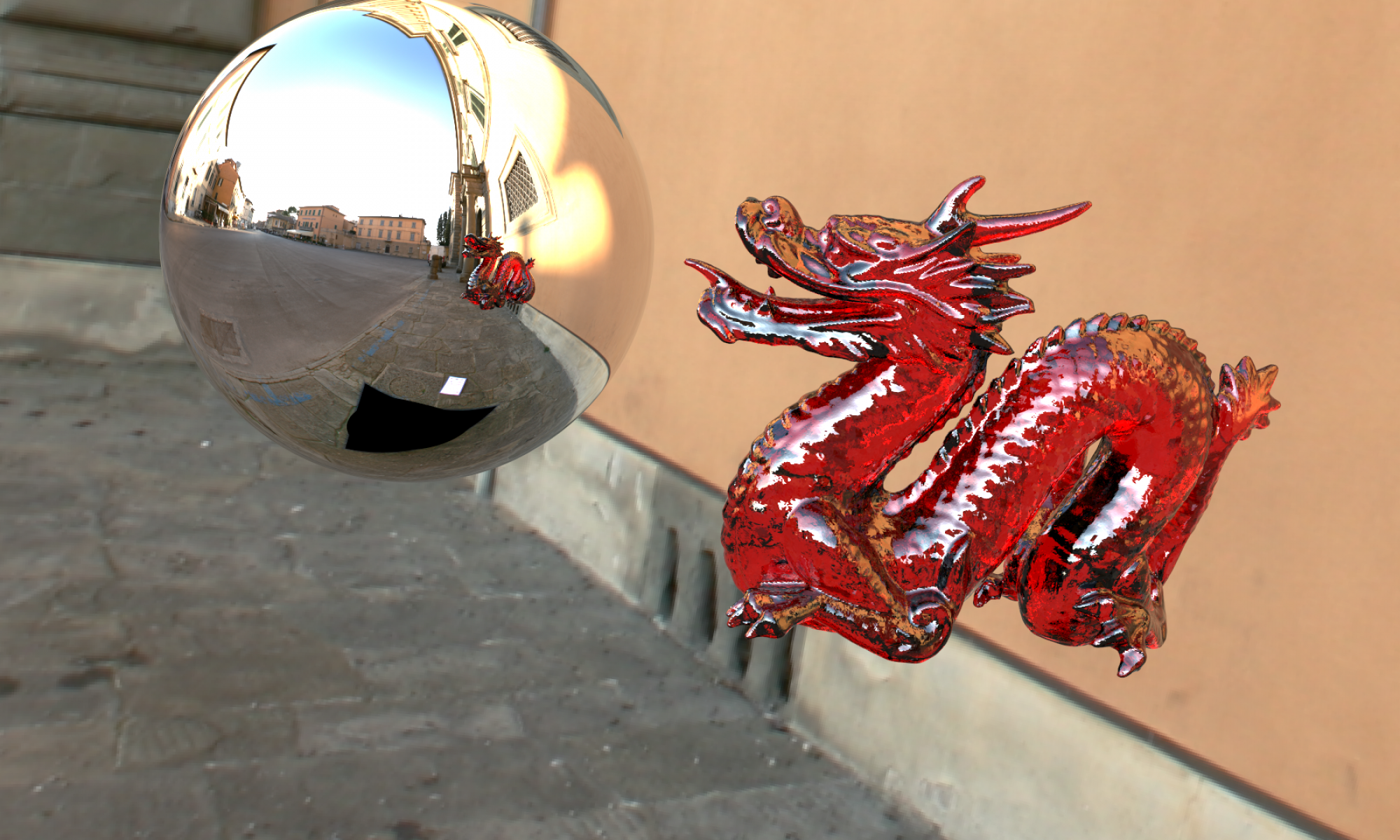Hello mesh processing masters!
In the “Process the Mesh” series, I will be writing about the things I have implemented for the course Ceng789 – Digital Geometry Processing given by Assoc. Prof. Yusuf Sahillioğlu at CENG, METU.
In this post, I will show the screenshots of the results of my implementation of Homework Assignment 1.
Geodesic Distance
When we represent the surface of a mesh as a graph, the Geodesic Distance is the approximated shortest path between two vertices of the mesh on this graph (total lengths of the edges in between). It is calculated by running Dijkstra’s Shortest Path algorithm on the graph.
Here are some screenshots from my implementation of finding GD path between 2 query points (vertices) on some meshes:





Farthest Point Sampling
This algorithm finds the farthest 10 vertices on the surface of the given mesh. Here are the screenshots of the results of my implementation:





Average Geodesic Distance and Minimum Geodesic Distance Local-Maxima Finding
AGD is the average distance of a vertex to all other vertices of the mesh. After finding AGD of each vertex, AGDs are smoothed over the 1-ring vertex neighbourhood of each vertex. Local-AGD-maxima-vertices are then found by checking among 1-ring neighbourhood of each vertex and added to S1 list. MGD is the minimum GD of a vertex when the GDs of this vertex to each of the members of the S1 list is considered. Local-MGD-maxima-vertices are the local-maximas among their 1-ring neighbourhoods. They are also added to the S1 list, creating the final S2 list, which includes intrinsically-symmetric points, such as feet, hands and ears. The S2 list is then visualized using small spheres on each vertex. Here are my screenshots, notice the tips and inner sides of the cat’s ears, and extreme points of all meshes:







Cool Study Moment When The Music Matches The Visuals
Here is a cool moment I’ve captured while implementing the assignment, when the random Spotify music is in perfect sync with the colors and the animation of the mesh. 🙂
The name of the music is “Out of the Blue” from Chris Standring. Here is the Spotify link:
This is all for this post. Hope to see you in the next posts!
Have a nice day, and have good moments when processing meshes!

Can i have the code for the Farthest Point Sampling of a mesh? I can’t find it! Im using trimesh .
Hello Juan,
I have found the code and created a Github repo. Please find it here: https://github.com/kadircenk/process-the-mesh-1